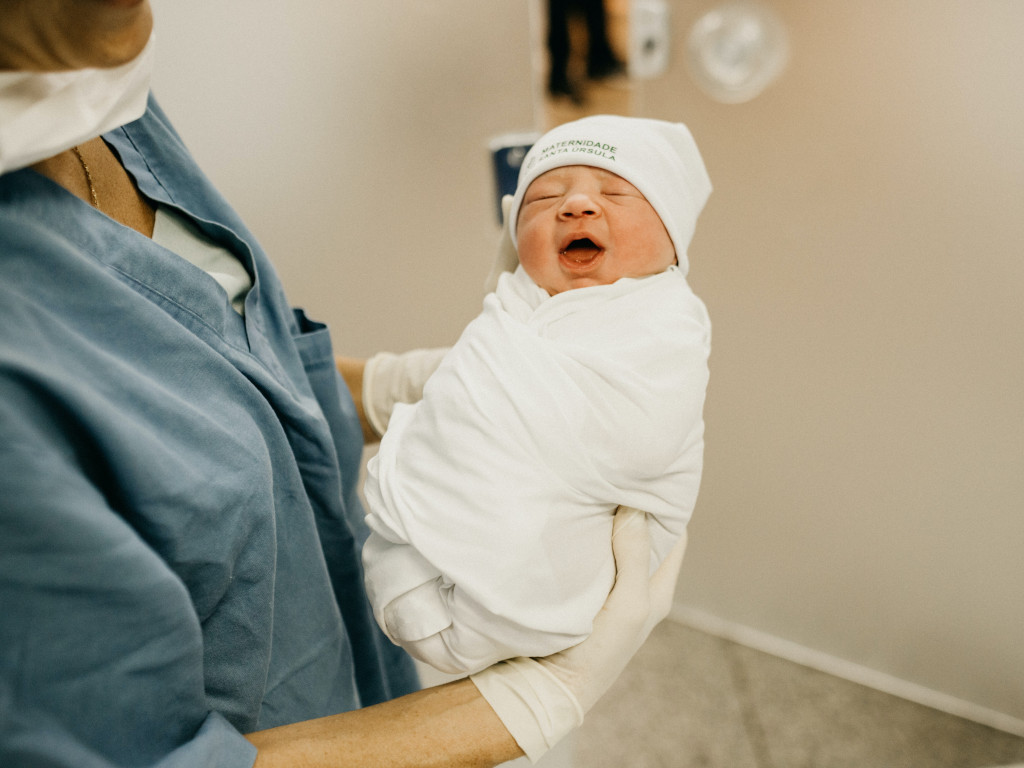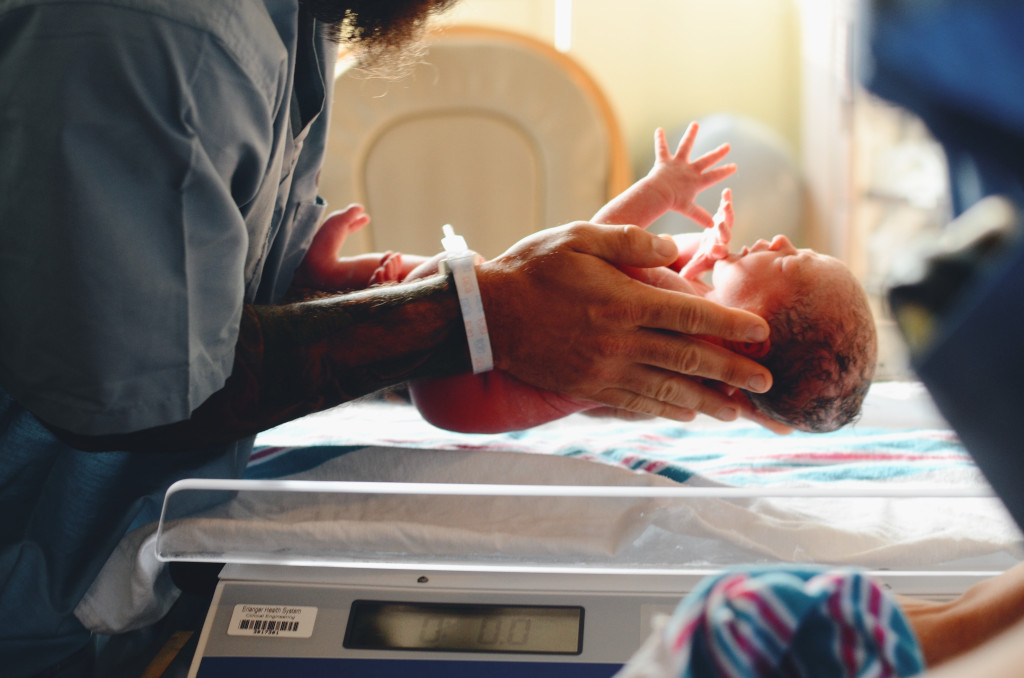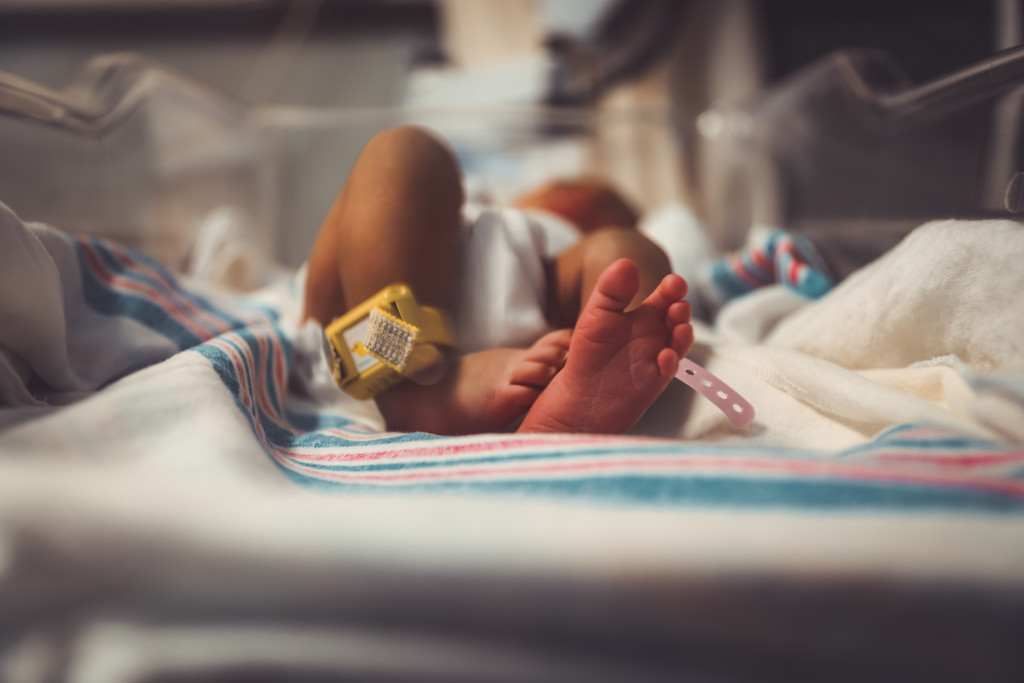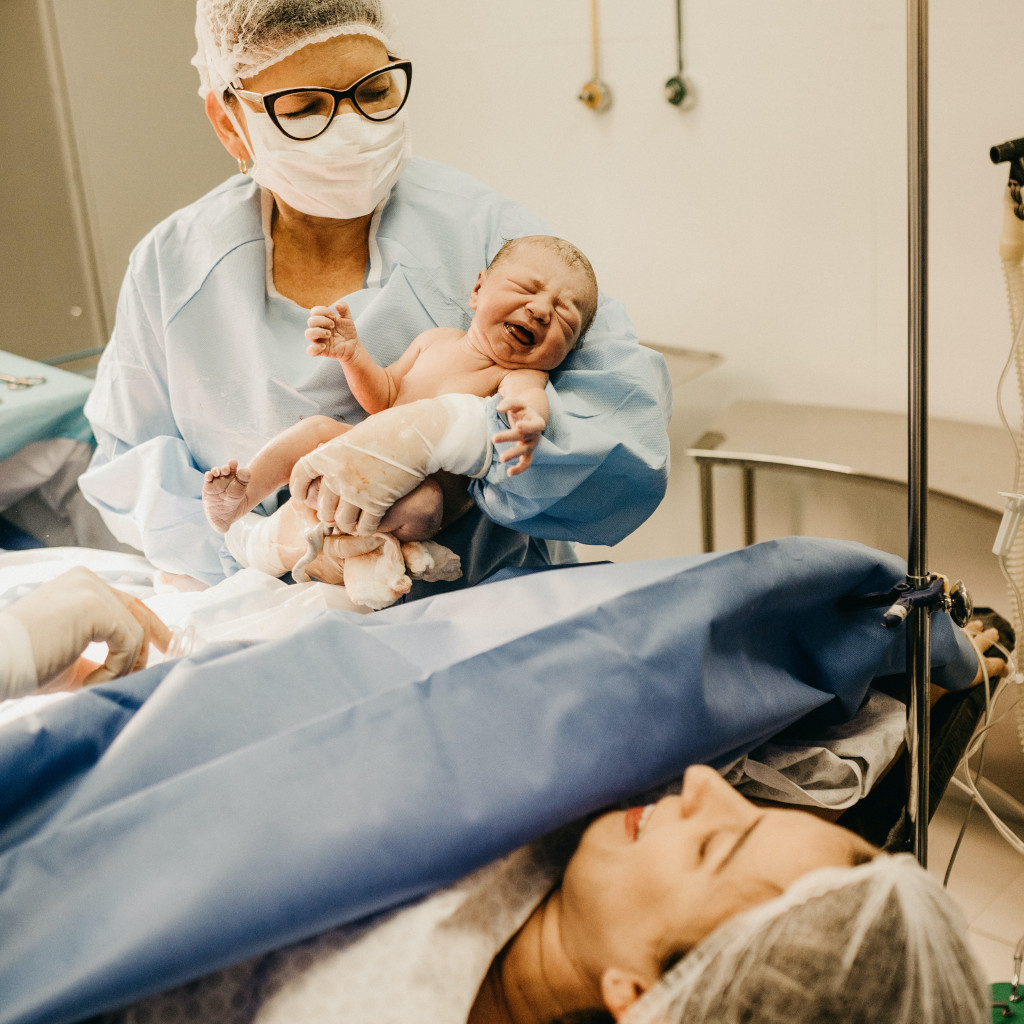SingaporeMotherhood | Pregnancy
August 2021
Caesarean Delivery – What Really Happens during Your C-section?

Baby on the way? Congrats! Have you considered and discussed birth options with your ob-gyn? While most mums-to-be prefer a natural birth, a.k.a. vaginal delivery, it may not be advisable for all pregnancies. In fact, 37 per cent of births in Singapore are by Caesarean section (C-section for short), according to Associate Professor Tan Thiam Chye, consultant obstetrician and gynaecologist at Mount Elizabeth Novena Hospital. We ask Prof Tan more about the ins and outs of C-sections.
(See also: Hospital Maternity Packages in Singapore)
1. What is a Caesarean section?
A C-section is also known as LSCS, which stands for Lower Segment Cesarean Section. It’s a surgical delivery of baby through an incision over the mother’s lower abdomen and uterus. In Singapore, about 80 per cent of C-sections are elective, which is when it is planned in advance. The remaining 20 per cent are unplanned, and result from an emergency situation.

2. In what situations are Caesarean sections advisable?
We perform C-sections when vaginal delivery is not possible or safe for mother and/or baby. There can be many conditions that call for it, such as multiple pregnancies (twins, triplets, etc.) or existing medical conditions. It’s also usually advised for mothers who’ve had a previous C-section or other womb surgery.
Myth: Once a C-section, always a C-section
Fact: For your second pregnancy, you still have the option of vaginal birth after C-section (VBAC), but this needs to be discussed and carefully assessed by your obstetrician
Then there are complications during pregnancy. For instance, placenta praevia (the placenta is low-lying), placenta abruption (the placenta separates from the uterus wall), or cord prolapse (the umbilical cord exits the uterus too early). Other possible factors include foetal distress, breech or transverse foetal position, or cephalo-pelvic disproportion (CPD), which simply means that the baby is too large for the mother to deliver naturally.
Of course, some mothers do opt for a C-section for non-medical or social reasons. Personal choice is a choice too. It’s a good idea to chat with your doctor in order to achieve the best outcome for you and baby.
(See also: Gestational Diabetes 101 – Are You at Risk?)
3. What are some benefits or advantages of Caesarean sections?
| For mother | For baby |
|---|---|
| Safeguard the health of mother and baby when vaginal delivery is not feasible | Less stressful for baby |
| Reduced incidences of urinary/bowel incontinence and pelvic organ prolapse | Less risk of birth trauma: Intracranial haemorrhage, shoulder dystocia, fractures |
| Able to plan ahead in cases of elective C-sections, plus no labour pains to endure | Less risk of infection, especially Group B Strep infection (GBS) |

4. What are the risks and disadvantages of Caesarean sections?
| For mother | For baby |
|---|---|
| Increased risk of infection, bleeding, organ injury, adhesion, reactions to anaesthesia, venous thromboembolism (VTE) | Higher chance of short-term breathing disorder (Transient Tachypnea of the Newborn) compared to vaginal delivery |
| Increased chance of repeat C-section in future | May need oxygen support for preterm baby |
| Increased risk of future pregnancy complications such as placenta praevia or uterine rupture | Imbalanced digestive tract microbial community; Increased likelihood of asthma/allergic diseases and obesity |
| Longer hospital stay (higher hospital cost) and total recovery period |
Myth: You will be bed-bound for days after a C-section
Fact: You are usually ambulant the day following your C-section. However, expect wound pain for the next five to seven days, and full recovery can take four to six weeks.
5. How can mums-to-be prepare for elective Caesarean sections?
- Expect to stay in the hospital for three to four days generally. Hospital stays for vaginal births are usually estimated to be two days. Keep this in mind when packing your hospital delivery bag.
- Fast six to eight hours before the surgery.
- Shave pubic hair, if necessary. Bald (down there) is beautiful (and required)!
- Shower using an antiseptic wash to minimise wound infection.
(See also: Giving Birth? What should you pack in your Hospital Delivery Bag?)

6. What happens during the surgery?
- You will be placed under regional anaesthesia, spinal or epidural, where the lower part of your body (below the waist) is numbed, while you remain conscious during the surgery. In certain cases, general anaesthesia may be used due to medical reasons.
- A urinary catheter, a thin and flexible tube, will be inserted to empty your bladder while you under anaesthesia. It will remain for at least 12 hours after surgery or until the day after the surgery when you are able to get out of the bed.
- A screen is placed across your tummy so you cannot see the surgery being done. Depending on individual hospital protocols, your husband may be allowed to accompany and witness the delivery.
- A horizontal cut below the bikini line is made and your baby is delivered through the opening. This will usually happen 10 to 15 minutes (possibly sooner in emergency situations) from the start of the surgery. You may feel some tugging sensations during the delivery.
- Your baby will be lifted up for you to see (if you are awake) immediately after delivery, and then brought to you once baby is checked by the paediatrician or labour ward staff.
- The womb and various layers of abdomen are then carefully sewn up with dissolvable stitches. The whole procedure usually takes around 45 to 60 minutes.
Myth: You cannot breastfeed baby after a C-section
Fact: You are encouraged to do skin-to-skin contact with your newborn and breastfeed immediately after delivery
7. Any words of wisdom for mums undergoing C-sections?
Take probiotics during your pregnancy and continue post-delivery. This is beneficial for the mother and reduces baby’s likelihood of developing asthma and other allergic diseases.
Also, pack compression stockings in your hospital delivery bag and wear them post-surgery to minimise the risk of VTE. As soon as your doctor allows, get on your feet and start walking — within reason, of course.
(See also: All you need to know about Deep Vein Thrombosis (DVT) during Pregnancy)
Featured image: Jonathan Borba on Unsplash
All content from this article, including images, cannot be reproduced without credits or written permission from SingaporeMotherhood.
Follow us on Facebook, Instagram, and Telegram for the latest article and promotion updates.





